Writing about rumored handsets is always exciting, but we get a little giddy when new handsets pop up on our radar which have potential change the way HTC competes in the smartphone market. According to industry sources, HTC is working on a new device which will debut this fall – featuring a 5-inch 1794 x 1080 display with a mind boggling pixel density of 418 PPI. To put that inter perspective, this new 5-inch display features a 34% PPI increase over the HTC One X and even a 26% PPI increase over Apple’s fabled Retina Display on the iPhone 4.
To make things even better, the rumored device matches up with benchmark scores which were posted to the web a few week ago for the mysterious HTC 6435LVW. Powered by Qualcomm’s MSM8960 Snapdragon S4 SoC, the HTC 6435LVW featured benchmark scores which nearly doubled those of the HTC One X, leaving some to speculate that it could be the first handset to hit the market with the more powerful Adreno 320 GPU.
While HTC did promise to cut back on the number of devices it would focus on in 2012, we doubt any of you are going to complain when you first lay eyes on the 5-inch full HD display. Now all we need to know is if HTC will be including an Active Pen and HTC Scribe which would allow the device to compete directly with the Samsung Galaxy Note.




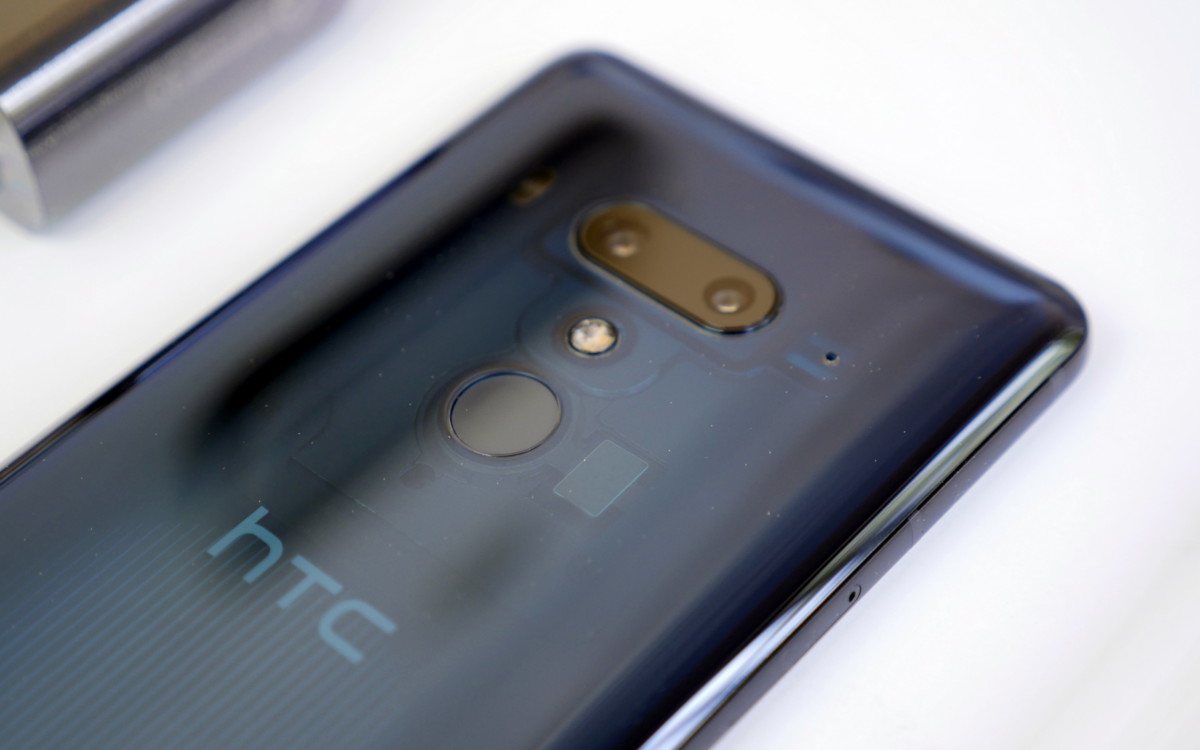





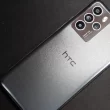
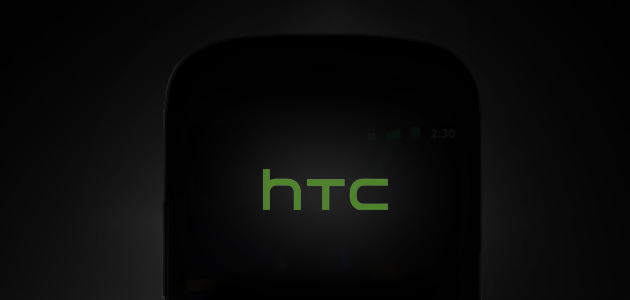
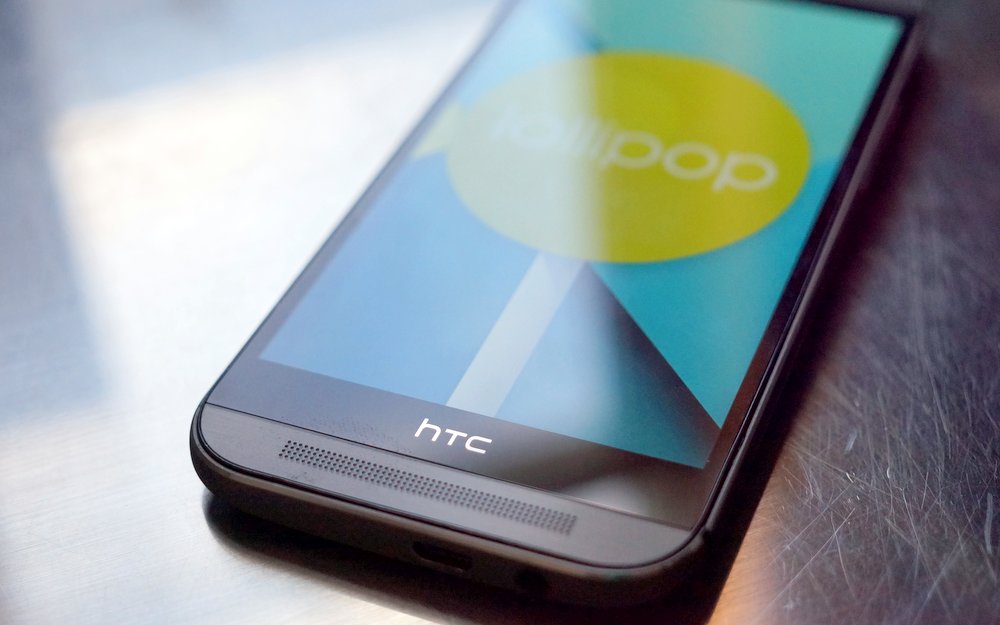
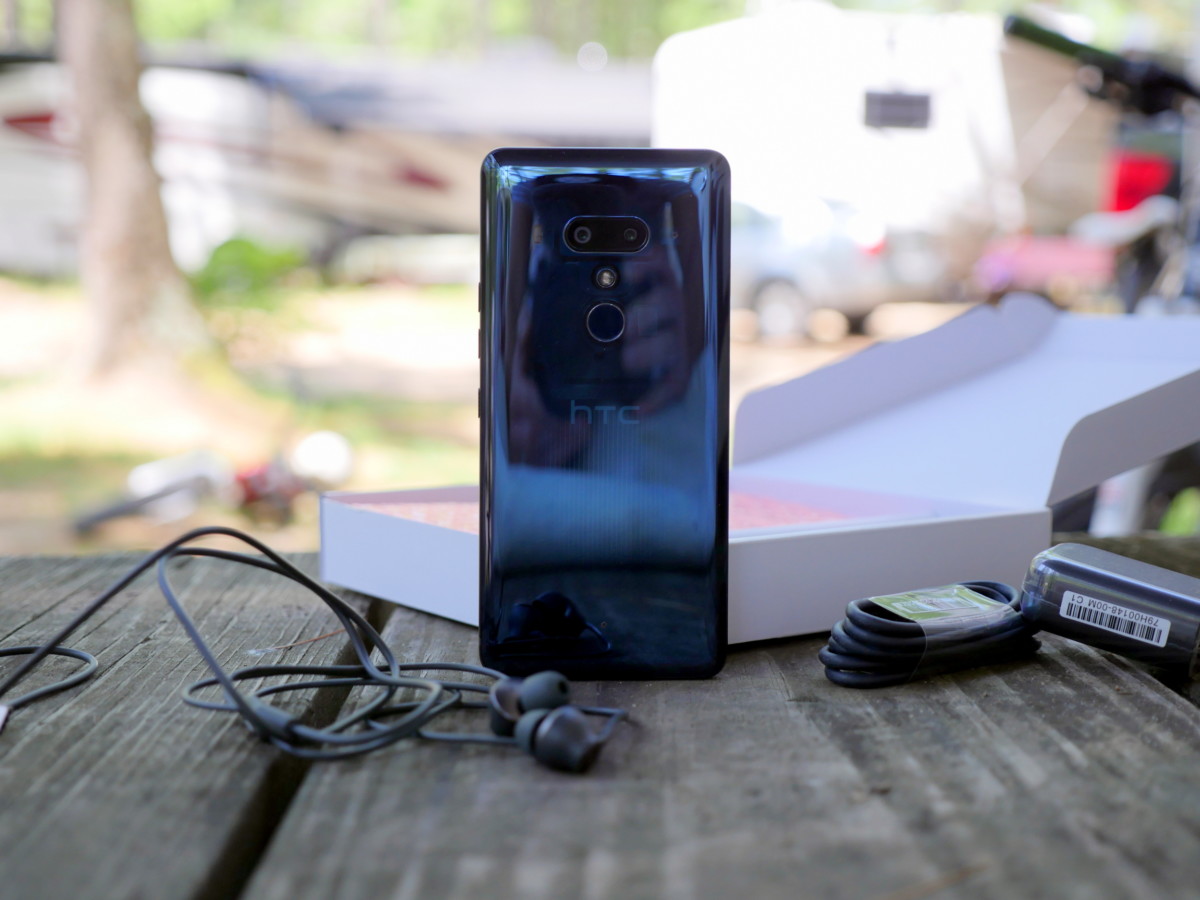
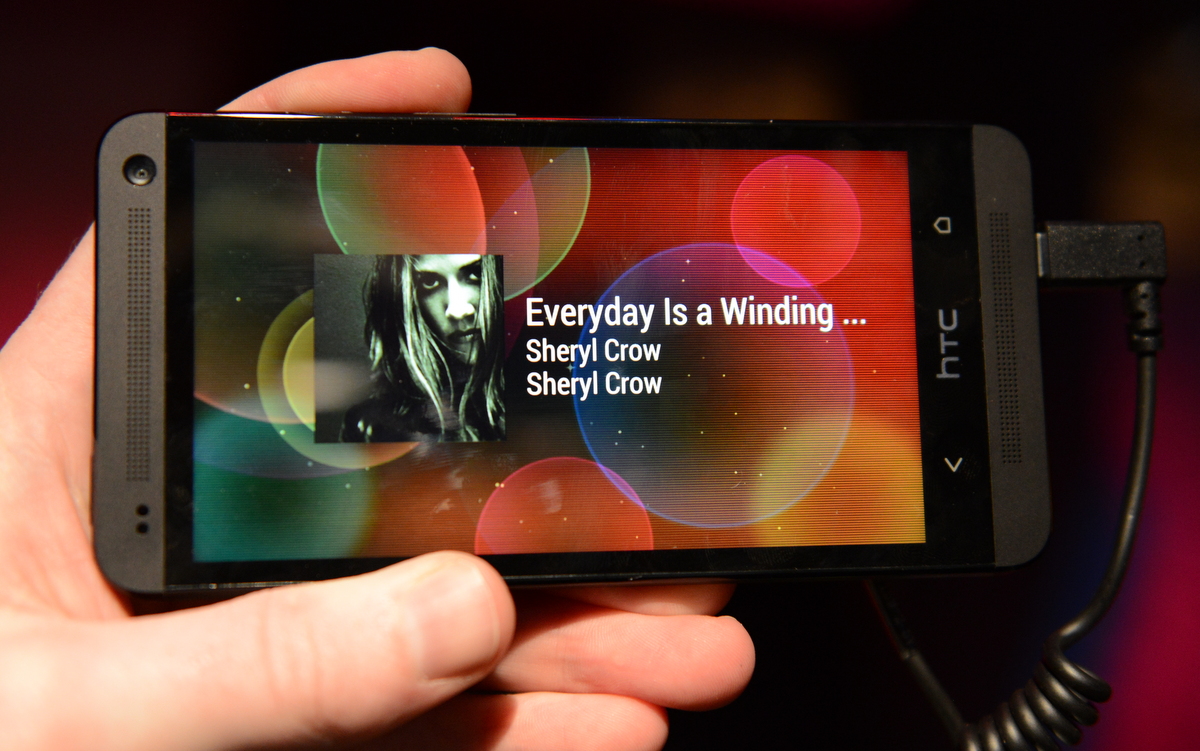
A 1794 x 1080 display is a bit weird, it is more likely a 1920×1080 display running in landscape with a 124 pixel wide statusbar on the right.
It the same like the Galaxy Nexus having a 1280×720 display running in landscape with 1196×720 pixels for apps and a 84 pixel statusbar on the right.
So even more pixels for an awesome sounding device! Unless the benchmark was run on a phone hooked up to a television screen 😉
Thanks for the heads up, Nick. Good to know that HTC is reverting to the tried-and-tested Qualcomm Snapdragon series, which the dual core S4 processor in the new One XL has been noted to be more powerful and battery frugal compared to the nVdia Tegra 3 quad core, despite the S4 having just two cores.
I suppose with the new “phablet”, the Adreno 320 is sorely needed to cope with its very high 1794 x 1080 resolution display but it remains to be seen if the 320 is capable of pushing all those pixels.
HTC seems to be making the wrong hardware choices for some time, e.g. why on earth did they select the slow Adreno 205 for the Flyer tablet when they fitted the original Sensation with the faster Adreno 220 while giving the 4.7″ Sensation XL the Flyer’s single core 1.5GHz Snapdragon when dual core CPUs were already becoming mainstream for high end Android devices.
If HTC is serious about edging out the popular 5″ Samsung Galaxy Note, it should at least match the Note’s specifications, e.g. 32GB internal storage, 2GB RAM, Corning Gorilla glass for the LCD display, a barometer sensor and reinstate the micro SD slot. Plus a high capacity LiOn battery befitting the 6435LVW’s power consumption.
Surprisingly the Galaxy Note turned out to be more popular than I thought in SE Asia where I’m from. Although it’s really huge by smartphone standards, apparently people who bought the Note did so as they don’t want to carry two devices; a phone and a tablet together.
HTC would have a winner in their hands if they’re able to out-spec the Galaxy Note while matching the Samsung’s price. I hope HTC won’t do something silly like bundling the fat and overpriced, battery powered pen like they did with the Flyer for this new 5″ smartphone/tablet hybrid.
Personally I find a 5″ device too large for the pocket but too small for a tablet. I still prefer the HTC Flyer’s 7″ comfortable paperback size when I’m not lugging my laptops around.
The reason the Flyer did not have a dual-core processor was because the started working on the device months before Qualcomm has its S3 chips available. You’ll recall that the Flyer was unveiled at Mobile World Congress while the Sensation made its debut as few months later at CTIA. I’m sure HTC would have used the dual-core S3 chip if they could have.
Thanks for the clarification, Nick.
What I didn’t know until now was that the Snapdragon is actually a total system-on-a-chip. I thought smartphones’ innards are built like laptops where the manufacturer can select the GPU chip separately from its main processor, while the RAM is also a discrete component.
I guess that explains why the Adreno GPU is fixed to the model of the Snapdragon model and thus cannot be interchanged.
Do you happen to know why HTC opted for the single core 1.5GHz Scorpion/Adreno 205 for the large Sensation XL, which I believe was announced a month after the Sensation XE?
Many people have questioned this on various forums and comment posts as the Sensation XE/Sensation 4G use the more powerful dual core 1.5GHz Scorpion/Adreno 220 combo.
Nick,
Could you advise if it is possible to wipe the Flyers OS and put something more updated on namely ICS from another supplier. I understand all the issues HTC say that the pen conflicts with the ICS update but having this device in the dark ages makes you feel that HTC doesn’t care about its customers especially just viewing their latest profits.
I’ve supported HTC for years but feel that they are just ignoring their main contributors “ie us paying folk”.
Thank you.